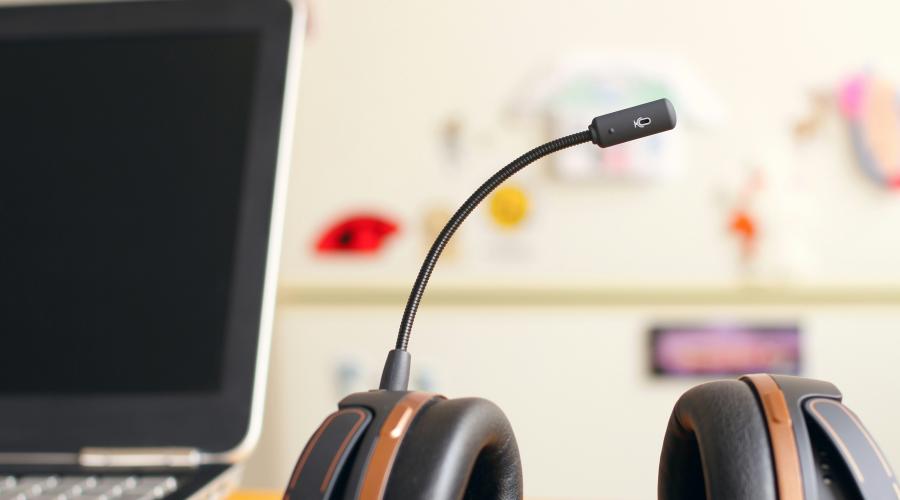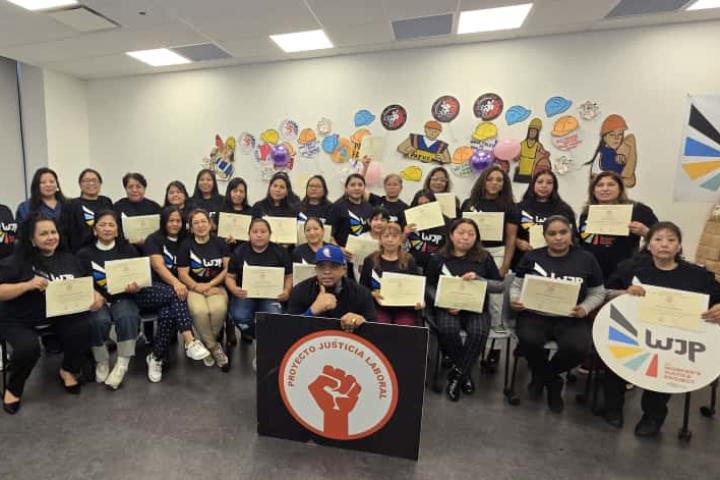
Worker Voice and AI in the Workplace
Key Insights for Unions, Worker Advocates, and Policymakers
In a study comparing two different telecom contact center firms—one in Germany, and one in Norway—researchers Virginia Doellgast, Ines Wagner, and Sean O’Brady found that works councils and unions were able to successfully negotiate the implementation of AI in their workplaces. These negotiations led to limits on how employee performance data can be used as well as restrictions on video monitoring and speech analytics tools.
Key to the findings is that although AI is new, the challenges it brings with it are not. Because “new algorithmic management software represents an intensification of past monitoring technologies rather than something radically new,” workers were able to successfully use the traditional tools of consultation and negotiation to respond to the new threats to worker privacy and well-being posed by AI.
Workers’ success in putting limits on the use of these technologies in their workplaces was due in large part to factors unique to the institutional and legal frameworks of each country, as well as the presence of strong worker organization and voice. In Germany, for instance, unions and work councils at the company level were able to negotiate formal agreements that established rules as well as expert committees to review the use of AI. In Norway, there were fewer formal agreements, but workers did count on strong collective agreements at the sectoral level as well as the Norwegian Data Protection Authority, which has the last word in labor-management disputes that escalate beyond the workplace level. For more information on these cases, you can read a summary here.
While not every country has such strong worker rights and robust institutional safeguards in place, the study points to recommendations that can still be helpful in these settings as well.
Unions and Worker Representatives:
- Be proactive: Start organizing early in the tech-adoption process to pre-empt issues that may arise from rapidly changing technology.
- Collaborate: Work with other unions and worker associations to evaluate the potential impacts of a new technology and negotiate accordingly.
- Explore All Options: Both formal agreements and informal dialogue can be powerful tools for securing worker rights, depending on whether workers are organized at the firm or sector level and whether or not there is precedent for workers participating in workplace decision-making.
- Find the Sweet Spot: Work towards agreements that are flexible enough to provide guardrails but still guarantee workers “a say in how the tools are used.”
- Protect Privacy: Prioritize protecting workers’ privacy and giving them a say in how new technologies will be implemented.
- When negotiating agreements, advocate for the aggregation of individual performance data in order to protect worker privacy. Best practice is to aggregate to at least 5 people.
Policymakers:
- Level the Playing Field: Pass legislation that sets guardrails on AI technology—for example, by protecting and enforcing workers’ privacy rights. This type of legal framework is an important way to strengthen unions’ efforts to amplify worker voice.
- Consider Novel Initiatives: Particularly in countries where unionization levels are low, policymakers should enact models that empower the broader workforce to have a say in how data is collected and used.
- The authors point to “joint data protection committees” at the company level as a possible means to allow workers voice, whether unionized or not.
Another possibility is to mandate that companies test out algorithmic technologies and their effects on workers before they are fully adopted.
Photo by Petr Macháček


